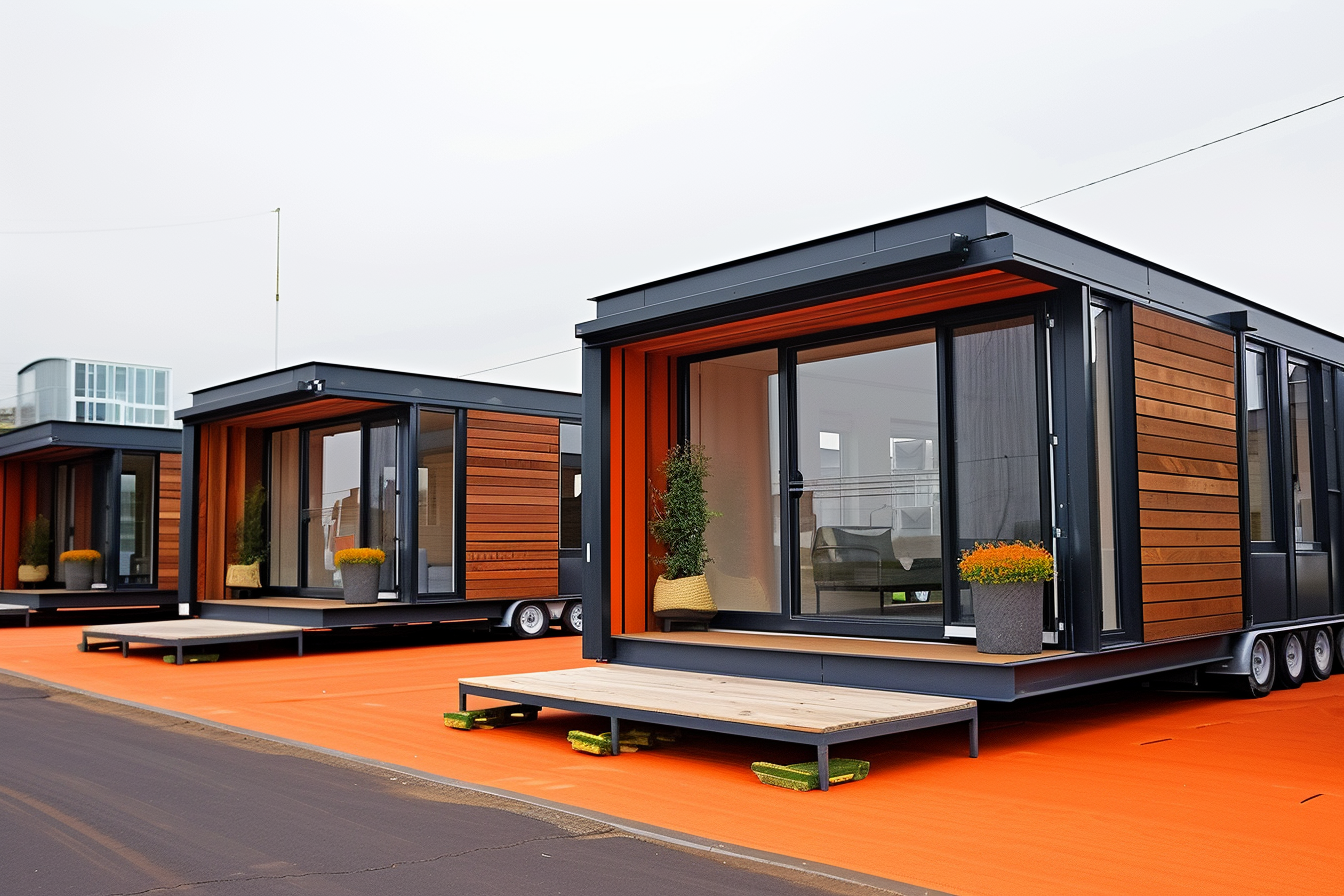Granny Pods: Stylish Backyard ADUs for Aging Relatives
Granny pods offer a modern, compact housing option for families who want to support aging relatives while preserving privacy and independence. Learn how backyard ADUs combine safety features, accessible design, and smart monitoring to create comfortable, nearby homes for seniors, plus legal, installation, and cost considerations to help you decide.

Granny pods—also called backyard ADUs or tiny care units—are becoming a popular choice for households seeking a balance between independent living for seniors and close family support. These small, self-contained structures sit on existing property and are purpose-built with accessibility, safety, and convenience in mind. They let older family members maintain autonomy while remaining within easy reach of loved ones.
Key Features and Safety Considerations
Modern granny pods are designed to reduce fall risk, simplify daily tasks, and enable remote monitoring when needed. Typical elements include:
- Slip-resistant flooring and strategically placed grab bars to prevent falls
- Wider doorways and hallways to accommodate wheelchairs and walkers
- Motion sensors or passive monitoring systems to track activity patterns
- Compatibility with home medical devices and telehealth equipment
- Emergency call systems or panic buttons linked to caregivers or services
- Smart-home controls for lighting, heating, and voice-activated assistance
Manufacturers often customize these features to match the resident’s medical needs and mobility level. When selecting a unit, consider how easily it can integrate with existing medical equipment and whether it supports remote monitoring without compromising privacy.
Benefits for Families and Elderly Residents
A backyard pod can provide the best of both worlds: independence for the senior and peace of mind for family caregivers. Proximity enables fast response to urgent situations while preserving the older adult’s personal space and dignity. Compared with full-time residential care, a pod can lower recurring caregiving costs and allow families to coordinate care more informally.
Beyond finances, many families report improved emotional well-being and stronger intergenerational bonds when a loved one lives nearby. For seniors, retaining a separate living area supports routines and autonomy, which are important for mental and physical health. Pods can also be combined with in-home care visits or periodic health check-ins, offering a flexible support model tailored to changing needs.
Legal and Zoning Requirements
Before installing a granny pod, check local rules. Municipalities treat accessory dwelling units differently, and you may need permits or variances. Common regulatory considerations include:
- Minimum lot area or density rules that determine whether an ADU is allowed
- Setback limits from property lines, streets, and existing structures
- Maximum square footage or height restrictions for accessory units
- Requirements and procedures for connecting utilities like water, sewer, and electricity
- Permit applications, inspections, and any occupancy certifications
Rules vary widely by city and county, so consult your local planning department or a qualified contractor early in the planning process to avoid delays or costly modifications.
Installation Process and Timeline
Installing a granny pod involves several coordinated steps. Typical phases are:
- Site evaluation and preparation, including grading, drainage, and access planning
- Foundation construction or placement of supports tailored to the unit type
- Running utility lines and establishing hookups for power, water, and sewage or septic
- Delivery and on-site assembly of the prefab pod or modular unit
- Final inspections, safety checks, and any required certifications before occupancy
Depending on local permitting and site complexity, the timeline can range from a few weeks for a straightforward install to several months for projects requiring extensive site work or approvals.
Cost Considerations and Options
Costs for granny pods vary based on model, features, and site prep requirements. The total price typically includes the unit, foundation work, permits, utility connections, and customization. Maintenance, insurance, and potential property tax changes should also be factored in. Financing may be available through some manufacturers, and in select cases, medical insurers may cover part of the expense if the unit is deemed medically necessary.
| Type of Granny Pod | Average Cost Range | Features |
|---|---|---|
| Basic Model | $40,000 - $85,000 | Core living amenities and standard safety fittings |
| Mid-Range | $85,000 - $125,000 | Improved accessibility, enhanced monitoring, some medical-ready options |
| Premium | $125,000 - $250,000 | Full medical integration, upscale finishes, advanced smart-home systems |
Prices, rates, or cost estimates mentioned in this article are based on the latest available information but may change over time. Independent research is advised before making financial decisions.
Choosing between models depends on anticipated care needs, desired finishes, and budget for site work. Obtain multiple quotes that separate unit costs from site and permitting fees so you can compare offers transparently.
Long-term Considerations and Resale Value
A granny pod is both a care solution and an investment in flexible property use. When the primary need for senior housing changes, these units can be repurposed as guest suites, home offices, rental units, or studio spaces, potentially enhancing overall property appeal. However, consider long-term maintenance obligations, utility costs, and the possibility that local market preferences may affect resale value.
Keep records of permits, warranties, and installation work to simplify future transactions. If you plan to sell the home later, clear documentation and an attractive, well-maintained unit can help prospective buyers see the added value.
This article is for informational purposes only and should not be considered medical advice. Please consult a qualified healthcare professional for personalized guidance and treatment.






